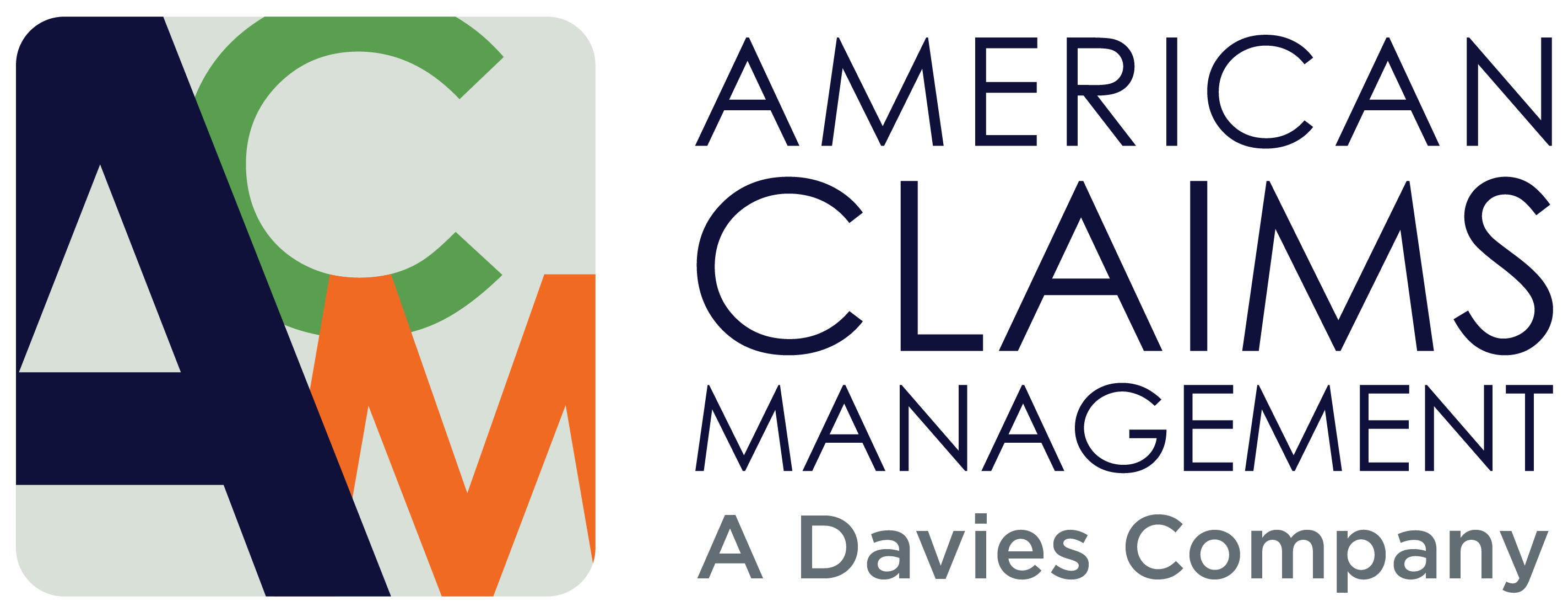In the era of COVID-19, everyday safety essentials include face masks, gloves, hand sanitizer and other equipment that helps stop the spread of infection. While these are important materials in terms of the pandemic, workplace personal protective equipment, or PPE, goes a step further. Multiple workplace situations may require PPE. While 2020 was the year to “mask up”, make sure your enterprise isn’t forgetting other critical PPE that your employees may need to perform their jobs safely.
Workplace Personal Protective Equipment
PPE is defined by OSHA as “equipment worn to minimize exposure to hazards that cause serious workplace injuries and illnesses.” Examples include the previously mentioned masks, respirators, and gloves, but it can also take the form protective glasses and goggles, hard hats, clothing and footwear treated to resist heat or electric shock, and much more. Some scenarios that could necessitate the use of workplace personal protective equipment include:
- Administering first aid
- Construction, maintenance, or repair work
- Using chemicals or corrosive materials
- Using any tool or equipment that:
- Has the potential to cut, stab, or puncture
- Operates at high speeds
- Uses extreme temperatures (e.g., welding)
- Creates dust, or causes other particulate contaminates to enter the air
- Working outdoors in excessive heat or cold, wind, precipitation, etc.
- Elevated work sites where there is a risk of people or objects falling
If your employees perform work that fits into any of these categories, then utilizing workplace personal protective equipment and developing an organizational PPE program is a must. In some cases, taking the time to utilize PPE may seem like more trouble than it’s worth to employees, especially for quick fixes and jobs that only take a minute. But practicing workplace safety should not be optional, for the following reasons:
- Preventing workplace injuries
- Reducing worker’s compensation claims
- Gaining back the time, productivity, and morale that is lost when an employee sustains an injury
- Communicating a culture that values employee safety
- Reducing the likelihood of organizational liability if an injury does occur
A well-designed PPE program requires organizations to carefully consider what PPE is needed, and to actively analyze the types of hazards and risks their employees face. For example, can the need for PPE be eliminated if a task were performed differently or different tools utilized? Is there more than one hazard inherent in a task that might require multiple pieces of PPE?
Related: How to prepare for returning to work post-COVID-19
It is also important to remember that workplace personal protective equipment is intended as the “last line of defense” between an employee and injury, and is meant to be the final barrier between employees and injury when all other controls and safeguards fail. Using PPE does not excuse an organization from actively mitigating risks, nor is it a 100 percent guarantee against injury. PPE must work in conjunction with a variety of safety measures in order to be truly effective. A perfect world, or at least, an effective safety program, is one where all risks and hazards are mitigated before they even reach an employee’s PPE.
Analyzing Risks
When analyzing a work site or task to determine appropriate PPE, consider the following areas that may need protection:
- Eyes are extremely vulnerable to injury, especially from air particulates and fumes or fragments of material that are traveling at high speeds. Safety glasses and goggles are one of the most commonly found and easy-to-integrate types of PPE available.
- The head and neck are especially vulnerable to hazards from above, such as objects falling. In areas where this is a possibility, require employees to wear hard hats.
- Ears can sustain hearing damage at much lower decibel levels than many people think. In fact, many noises that may seem “tolerable” without hearing protection can still cause damage. Determine the decibel levels of your equipment and also consider the amount of time employees are exposed to those levels to determine ear protection needs. Consult the CDC for more information.
- Dust, particles, smoke, aerosols and other air contaminates can cause irritation and injury to lungs. Anything from a simple cloth mask to a respirator may be needed depending on the task.
- Hands and arms are a common location for injuries, as they are usually the closest to the work being performed. Consider gloves, long-sleeved attire and appropriate guards for equipment that will help protect hands and arms from injury.
- Proper footwear is essential, both for preventing slip, trip and fall incidents, as well as protecting feet from being bludgeoned or crushed by falling objects. Consider the composition of the floor or terrain (concrete, laminate, carpet, gravel, etc.) and any other conditions present at a work site when determining appropriate footwear.
- Conditions such as sunstroke, frostbite and other weather-related injuries must be taken into consideration if a task must be performed outdoors. Require employees to wear seasonal-appropriate attire as part of their assigned duties.
Related: Restaurant food safety during COVID-19
Effectively using workplace personal protective equipment
It’s not enough simply to issue PPE to employees – PPE must fit, be in good condition and be used properly. Consider the following protocols for your PPE program:
- Employees receive training on the workplace hazards they face and how PPE can reduce those risks.
- Employees are trained on how to properly don, doff, store and maintain all PPE.
- There is a zero-tolerance policy for not wearing PPE when required or wearing it improperly.
- Signs and other reminders are posted in areas where PPE is required.
- PPE is replaced or repaired immediately at the first sign of failure or damage.
- Appropriate replacement parts suitable for type and brand of PPE are available.
- All PPE fits properly and is provided to employees free of cost.
- If more than one type of PPE must be used, it has been ascertained in advance that they integrate seamlessly and do not hinder the effectiveness of other PPE.
- Extra PPE is available for any visitors that may require it.
- Your enterprise is compliant with all applicable PPE laws and regulations.
Conclusion
If the events of 2020 have taught us anything, it’s the importance of PPE, both in the workplace and outside of it. Make sure your employees are protected, beyond face masks and COVID-19.
Resources:
OSHA
CDC – NIOSH
Creative Safety Supply
Health and Safety Executive
This blogpost originally appeared on Arrowhead’s Tribal blog. It has been modified and updated to better suit the needs of ACM’s clients.

